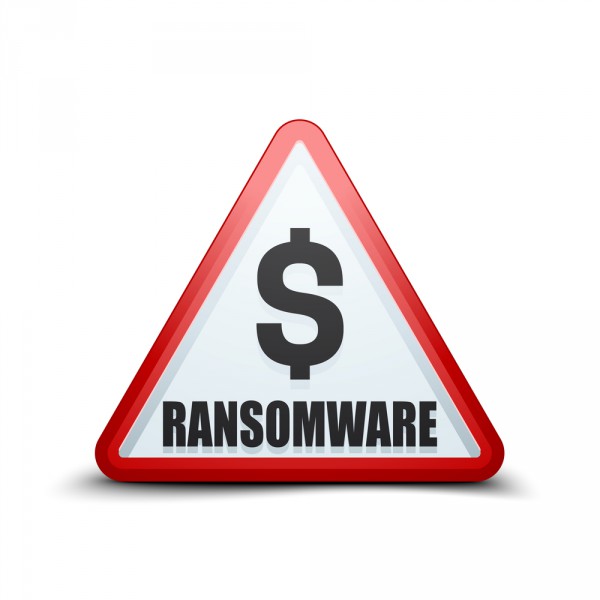
Half of companies suffer financially motivated cyber attacks
Cyber attacks driven by ransom demands are on the increase as criminals seek to cash in on the soaring values of crypto currencies according to a new report.
The 2017-2018 Global Application and Network Security Report from cyber security company Radware finds that reported ransom attacks surged in the past year, increasing 40 percent from the 2016 survey. Half of companies surveyed suffered a financially motivated attack in the past year.
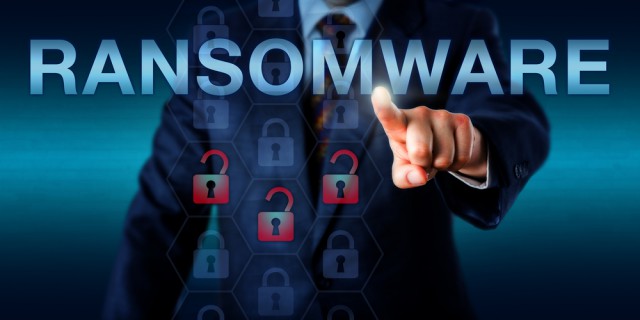
Ransomware dominates the 2017 threat landscape
Cyber attacks have been on the rise throughout 2017. According to endpoint security specialist Carbon Black, from January to December there has been a 328 percent jump in attacks against endpoints.
This means a business with 10,000 employees seeing about 1,000 attacks every single day. It's ransomware that continues to be a main attack vector for criminals though. Not only is it proliferating in underground markets on the dark web, it also cost global businesses an estimated $5 billion in 2017 - according to Cybersecurity Ventures.

World's biggest botnet delivers new ransomware threat
The latest Global Threat Index from cyber security specialist Check Point reveals that the Necurs spam botnet -- reckoned to be the largest in the world -- is being used to distribute one of the latest ransomware threats.
During the Thanksgiving holiday in the US, Necurs sent over 12 million emails in just one morning, distributing the relatively new Scarab ransomware, first seen in June 2017.

New tool offers an affordable anti-ransomware solution for enterprises
Over the last year attacks like WannaCry and Petya have brought ransomware into the public eye like never before.
Security intelligence platform CyberSight is launching a new solution to predict, detect and stop ransomware attacks.

How to protect yourself against Bad Rabbit ransomware
News broke earlier about the spread of a new form of ransomware going by the name of Bad Rabbit. It name drops Game of Thrones and bears more than a passing resemblance to WannaCry and Petya.
While the main impact of Bad Rabbit has been felt in Eastern Europe, some instances of the ransomware have also been detected in the US. Thankfully, it's relatively easy -- and free -- to protect your computer. By simply tweaking a couple of files, you can stop the ransomware in its tracks.

Bad Rabbit ransomware spreads across Eastern Europe with echoes of WannaCry and Petya
A new strain of ransomware -- dubbed Bad Rabbit -- has struck in Russia, Ukraine and other parts of Eastern Europe. It is thought to be a variation on Petya due to a number of similarities, and it is wreaking havoc with media outlets and transport systems, including an airport in Ukraine, and the underground in Kiev.
Like many other forms of malware, Bad Rabbit was initially spread through a fake Flash installer, but it was then able to spread via networks to hit a larger number of machines. The spread of the ransomware is further facilitated by using the open source Mimikatz for extracting credentials, and DiskCryptor for encrypting data.
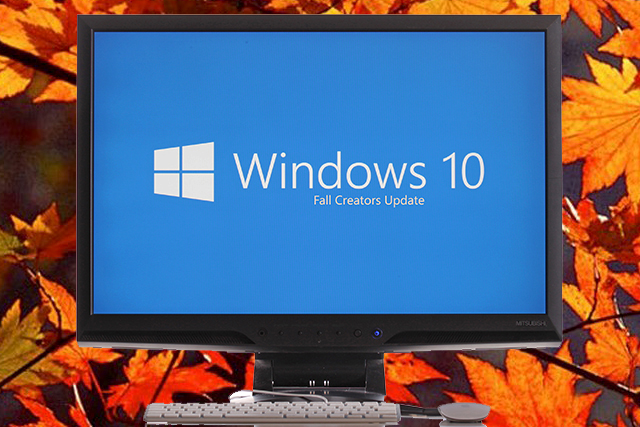
Windows 10 Fall Creators Update offers ransomware protection with Controlled Folder Access
Ransomware is one of the most concerning, and the most prevalent, forms of malware around at the moment. While there are numerous security tools out there that you can install to keep yourself protected, if you have upgraded to Windows 10 Fall Creators Update you have a built-in tool at your disposal.
Called Controlled Folder Access, the feature locks down files and folders to protect them against unwanted changes -- including encryption by ransomware. It's not enabled by default, so here's what you need to do.
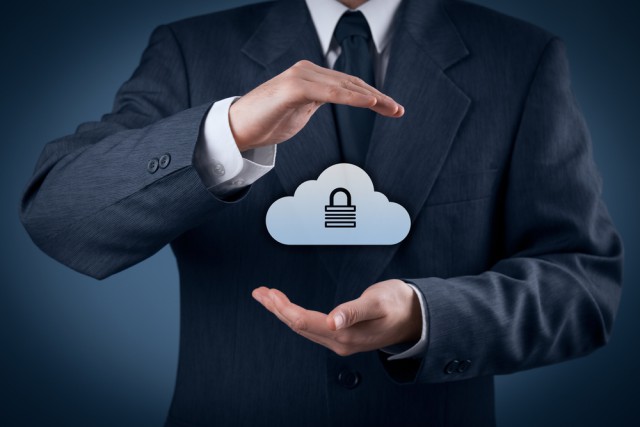
FileCloud adds technology to protect customers from ransomware
Just because data is stored in the cloud rather than on in-house servers doesn’t mean that it isn’t vulnerable to cyber attacks.
Enterprise file platform FileCloud has recognized this and is building advanced ransomware protection into its latest release.
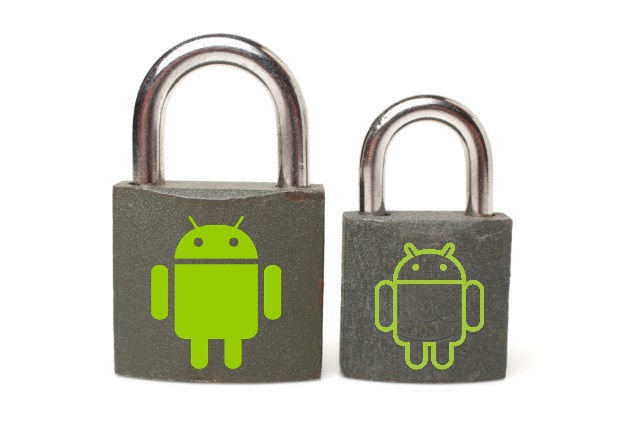
Android: DoubleLocker ransomware encrypts data and changes PINs
A new breed of Android ransomware has been discovered that hits victims with a double whammy. DoubleLocker not only encrypts data as all ransomware does, it also changes the PIN on the target device.
DoubleLocker was discovered by security researchers at ESET. They say that the ransomware abuses Android accessibility settings, and is the first to use a double-lock approach. Based on previously released banking malware, it is though that a test version of DoubleLocker could have been in the wild since as early as May.
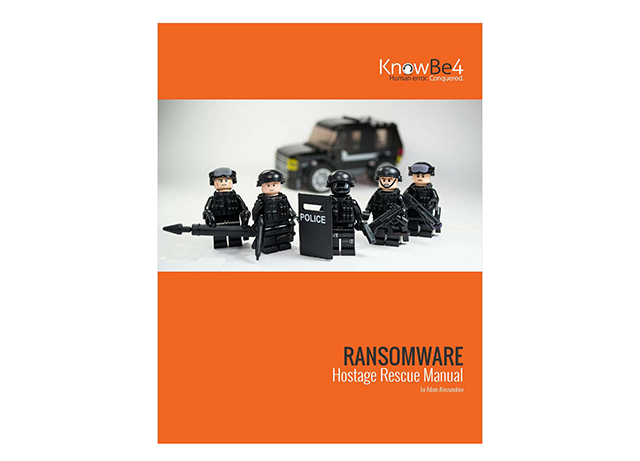
Get the Ransomware Hostage Rescue Manual for FREE
I'm sure you know someone who's been hit with ransomware, or maybe you have been through it yourself. Wouldn't it be great to have a manual to tell you what to do in that instance, and how to prevent it in the future? Now you do!
The Ransomware Hostage Rescue Manual, from KnowBe4, is packed with all the actionable info that you need to prevent infections, as well as instructions on what to do should you be hit with ransomware.

Ransomware economy grows 2500 percent since 2016
We all know that ransomware is a big problem, but a new report from cyber security company Carbon Black reveals that it's increasingly big business too.
According to the report, there are currently more than 6,300 dark web marketplaces selling ransomware, with over 45,000 product listings.

Ransomware is reaching 'epidemic levels'
Ransomware has been named as one of the most pressing threats to society by officers at Europol.
The force has released a new report which claims that ransomware is reaching "epidemic" levels, eclipsing other areas of cybercrime such as data breaches, pornography and card fraud.

Organizations unprepared for the ransomware onslaught
A new study shows that companies and government agencies are being overwhelmed by frequent, severe ransomware attacks that have become the number one threat organizations face.
The 2017 Ransomware Report from Crowd Research Partners, commissioned by Cybersecurity Insiders is based on the responses of over 2,200 cybersecurity professionals.
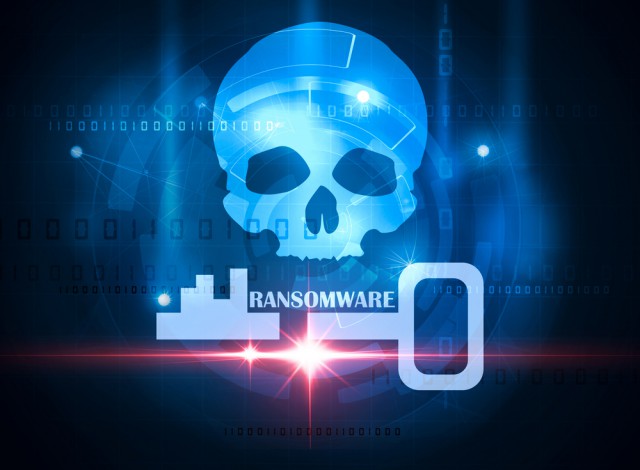
Ransomware attacks affect five percent of SMBs
Five percent of all small and medium-sized companies in the entire world were victims of a ransomware attack in 2016 alone, with the money paid out to reclaim data reaching new highs, new research has revealed.
Datto's new State of the Channel Ransomware Report found that an estimated $301 million (£222 million) was paid to ransomware hackers from 2016-2017.
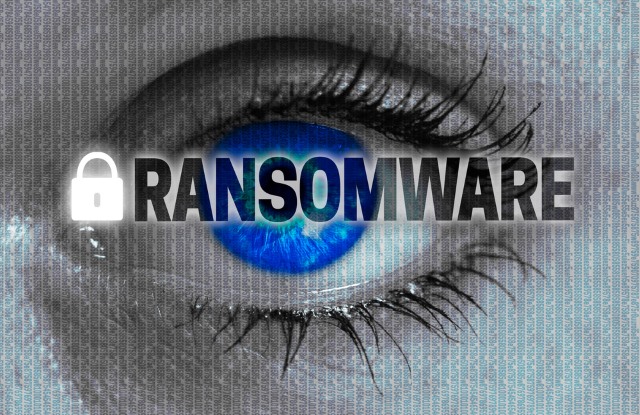
The practical guide to fighting ransomware
Close your eyes for a second. Imagine you are in charge of an IT security team in an enterprise, where the headcount is measured in the thousands. Or, you’re the single security engineer in a startup that just hired its 100th employee.
Either way, you haven’t had it easy these last few months. WannaCry and Petya/NonPetya ransomware attacks caused you to spend hours on the phone and in meetings with your superiors, answering countless questions on the security of your infrastructure.
